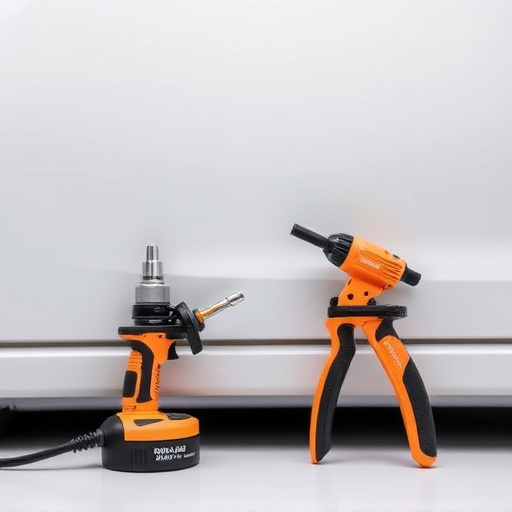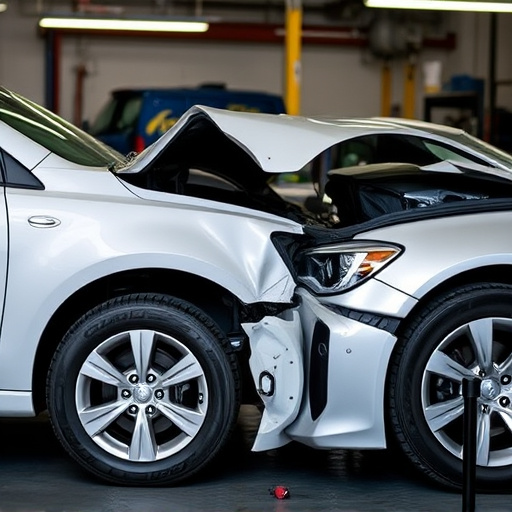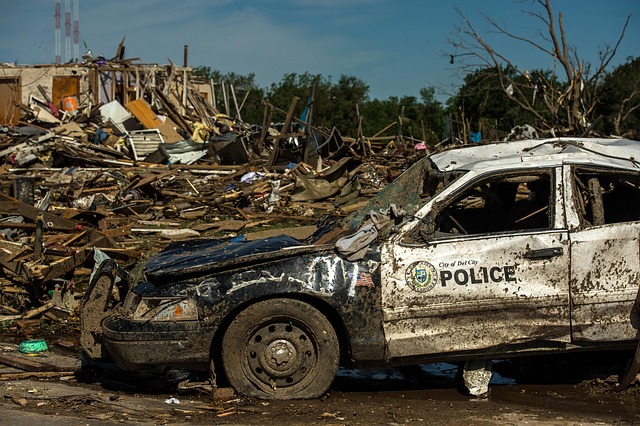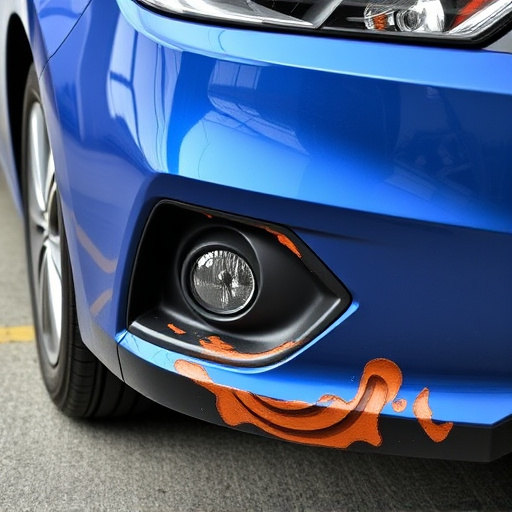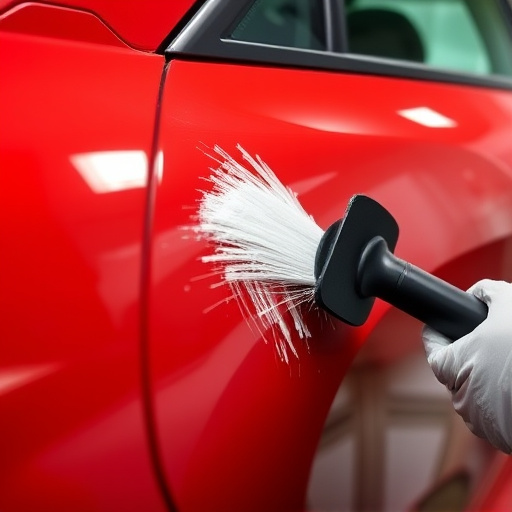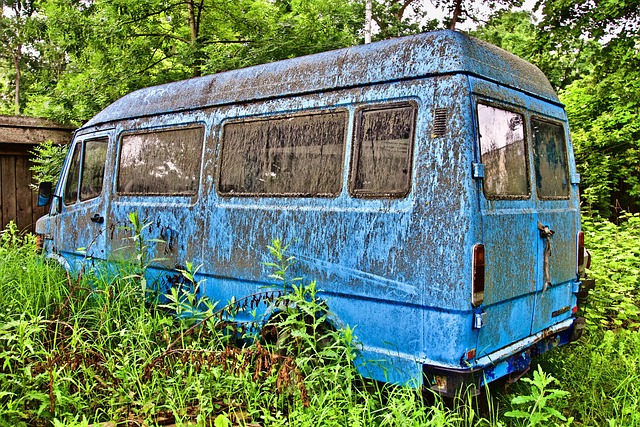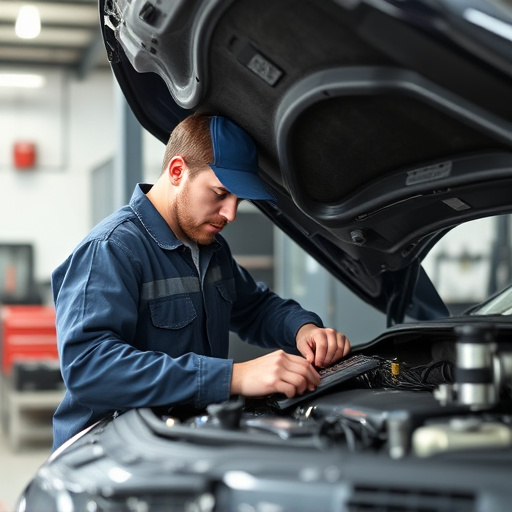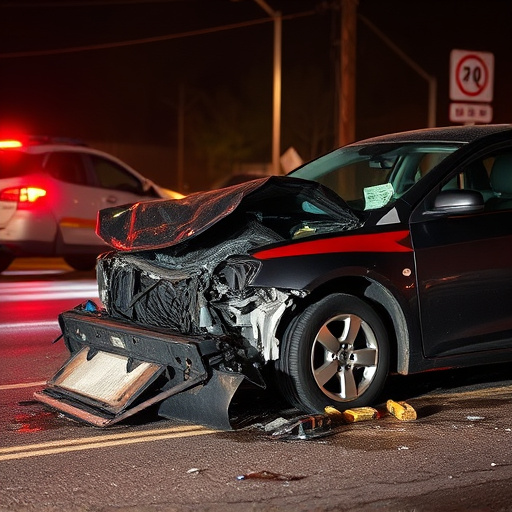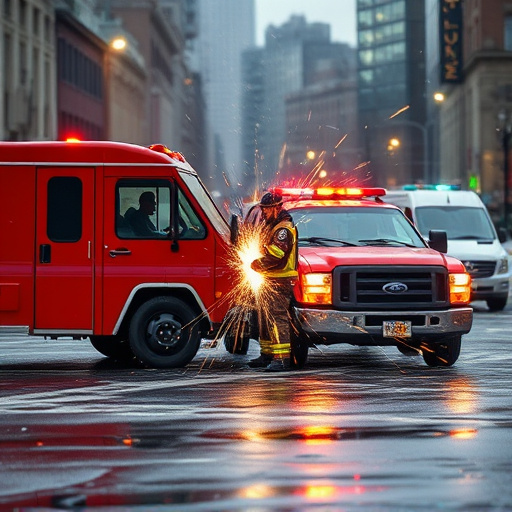Driveshaft collision repair is a specialized service vital for maintaining four-wheel drive (4WD) vehicles. Damage can lead to joint separation, shaft fractures, or compromised u-joint integrity. The meticulous process includes inspection, removal of damaged parts, realignment, replacement, and reprogramming of critical components, followed by rigorous testing. Regular maintenance, fluid changes, proper tire inflation, and alignment are essential for long-term drivetrain health and reducing future collision repair needs.
In the realm of four-wheel drive vehicles, driveshaft collision repair is an essential skill. These powerful systems are the backbone of off-road capabilities and require meticulous care during repairs. This article delves into the intricacies of driveshaft collision repair, guiding you through understanding complex systems, identifying common collision damage, and mastering the repair process step by step. We also offer post-repair maintenance tips to ensure longevity for these robust vehicles, empowering owners with knowledge for optimal performance.
- Understanding Driveshaft Systems and Common Collision Damage
- The Repair Process: Step-by-Step Guide to Restoration
- Ensuring Longevity: Post-Repair Maintenance Tips for Four-Wheel Drive Vehicles
Understanding Driveshaft Systems and Common Collision Damage
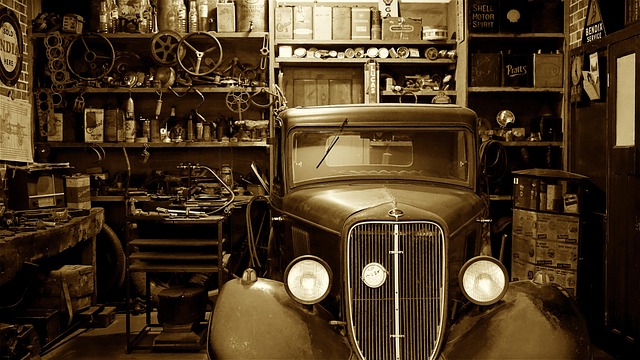
Driveshaft systems are a critical component of four-wheel drive (4WD) vehicles, playing a pivotal role in delivering power from the engine to all wheels. Comprising a network of shafts, u-joints, and differentials, these systems ensure optimal traction and control in various driving conditions, especially off-road. When it comes to driveshaft collision repair, understanding how these systems function is essential. Damage can occur due to impact, misalignment, or sudden stops, leading to issues like joint separation, shaft fractures, or compromised u-joint integrity.
Common collision damage often includes car dent repair and more severe auto body work. In the case of 4WD vehicles, a collision might specifically affect the driveshaft’s alignment or structural integrity, impacting overall vehicle performance. Proficient auto repair services for driveshaft collision repair require specialized tools and knowledge to ensure precise replacement, realignment, and rehabilitation of these intricate systems, getting your 4WD vehicle back on track safely and efficiently.
The Repair Process: Step-by-Step Guide to Restoration
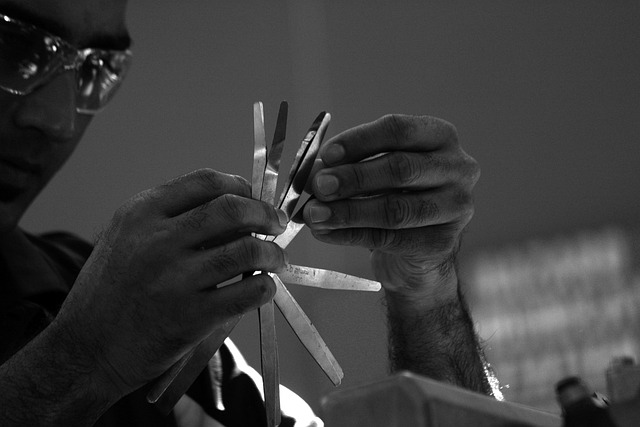
The driveshaft collision repair process involves several meticulous steps to ensure the restoration of your four-wheel drive system’s functionality and safety. It begins with a thorough inspection, where skilled technicians assess the damage, identifying any cracks, breaks, or misalignments in the driveshaft components. This initial evaluation is crucial for tailoring the repair approach.
Next, the damaged driveshaft is carefully removed, taking care to preserve nearby components. The shop’s experts then proceed with precision frame straightening if necessary, ensuring the driveshaft housing aligns correctly. Critical parts are replaced or reprogrammed, including u-joints, axles, and differential sensors. After all faulty elements are addressed, the driveshaft is reassembled, and its performance is rigorously tested to guarantee a seamless return to the road. This step-by-step process leverages advanced techniques and specialized tools for accurate driveshaft collision repair, ultimately restoring your vehicle’s 4WD system to top condition.
Ensuring Longevity: Post-Repair Maintenance Tips for Four-Wheel Drive Vehicles
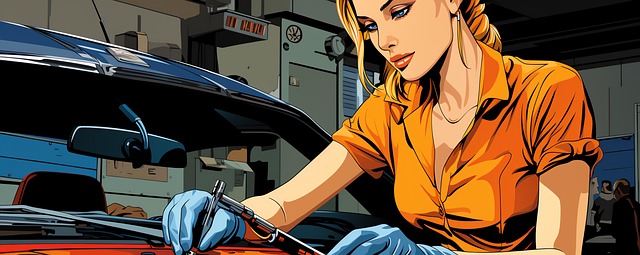
After a driveshaft collision repair for a four-wheel drive system, ensuring longevity requires a multifaceted approach. Regular maintenance checks are crucial to detect any emerging issues early on. These should include thorough inspections of all components, especially the driveshaft itself, u-joints, and differentials. Keeping an eye on these parts can prevent future breakdowns, as they are prone to wear and tear in such vehicles due to their constant stress during driving.
In addition to regular checks, proper fluid maintenance is vital. This involves changing motor oil, transmission fluid, and differential fluid at the recommended intervals. Using the right fluids specified by the vehicle manufacturer further enhances performance and longevity. Furthermore, keeping tires properly inflated and aligning them regularly contributes to overall drivetrain health, thereby reducing the risk of future collision repairs, including auto collision repair or car collision repair for four-wheel drive systems.
Driveshaft collision repair is a specialized process crucial for maintaining the integrity and performance of four-wheel drive systems. By understanding common collision damage and implementing a meticulous repair guide, technicians can restore these components to their original condition. To ensure longevity, post-repair maintenance tips are essential for optimal vehicle performance and safety in various driving conditions. With proper care, driveshaft systems can continue to provide reliable all-wheel drive capabilities for years to come.



